Concrete cooling systems are essential in construction projects that have mass concrete elements to monitor. This is because concrete generates heat during the hydration process. If not controlled, heat can be detrimental to the overall durability of the given element. Furthermore, the control of temperature during the curing process is crucial to prevent thermal cracking and ensure long-lasting structures. In this blog, we will explore different concrete cooling systems for concrete in its fresh state. This will include water cooling, ice addition, and the use of liquid nitrogen. Additionally, we will discuss the distinctions between specific heat and latent heat, which are fundamental concepts in understanding when and why to use ice or chilled water. Cooling pipes are not discussed in this blog, as the focus is cooling approaches for fresh-state concrete.
Big Projects Deserve Better Protection
Concrete Cooling Systems
Chilled Water
Water cooling is a widely used and cost-effective method in concrete cooling systems. It involves the direct addition of chilled water to the concrete mixture. The concrete batch plant typically has a thermal water tank that can either be cooled during summer or warmed during winter. The principle behind water cooling lies in specific heat, which refers to the amount of heat energy required to raise the temperature of a substance by a specific amount. By introducing chilled water into the mix, the heat energy in the concrete is absorbed, lowering its temperature. Water cooling is effective for moderate temperature control, and it is often used in projects where the maximum concrete pour temperature is not too high. For example, a project in New York during summer needs to have the concrete delivered at no more than 76°F.
Ice
Ice cooling utilizes the concept of latent heat, which involves the heat energy absorbed or released during a phase change without a change in temperature. In this method, ice is added to the concrete mix. As the ice melts, it absorbs latent heat, significantly reducing the mixture’s temperature. Ice cooling is particularly beneficial in hot climates or when a faster cooling rate is required.
When replacing water with ice, one needs to take into consideration the mixing method and the type of batch plant being used. As water is present in the aggregates’ humidity, this amount needs to be considered when adding ice. In other words, the limit of ice will be the mix design water content minus the water in the aggregates. For example, if the blended moisture content of the fine aggregates is 8% in a mix with 2205 lb/yd3 (1000 kg/m3) of sand and 397 lb/yd3 (180 kg/m3) of water, the ice addition limit would be 176 lb/yd3 (80 kg/m3) or 56% of the total water content. Therefore, there will always be a limit for ice added in a concrete batch, which is directly related to the aggregate’s moisture content. Consequently, in a hot environment where the ambient temperature is above 95°F (35 °C), the use of ice might not be enough to cool down the concrete temperature. In such cases, a careful evaluation needs to take place and a combination of solutions could be necessary.
Nevertheless, the use of ice is especially important due to its efficiency. When designing the mix with ice, one is utilizing the latent heat instead of the specific heat. In other words, to change from solid to liquid, ice will absorb 334.8 J/gK (80 cal/g°C), whereas the specific heat of water is 4.19 J/gK (1 cal/g°C). In other words, ice is 80 times more efficient than chilled water for a given quantity. This is the reason why it is not efficient to use chilled water alone in hot environments, as only the specific heat would be taken into consideration.
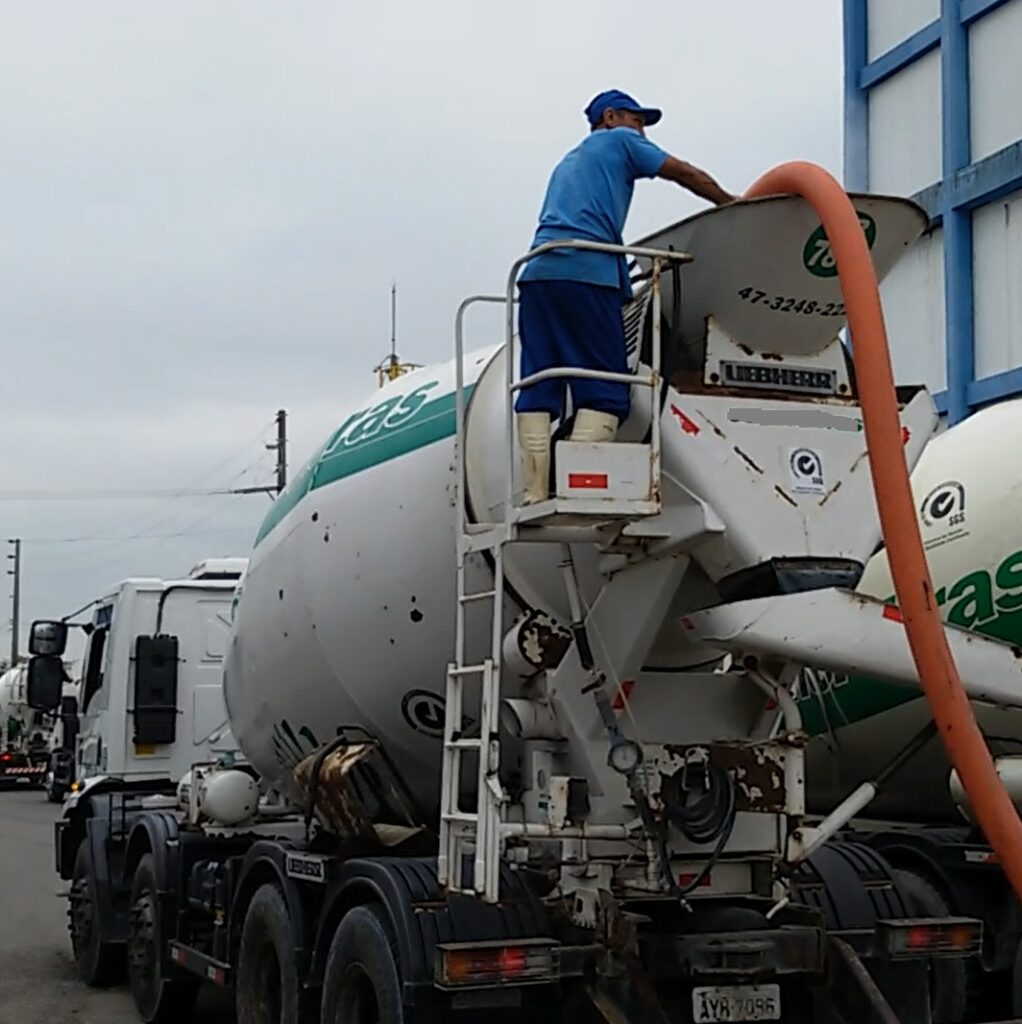
Liquid Nitrogen
Liquid nitrogen is an extremely cold substance with a boiling point of -196°C (-321°F). When liquid nitrogen is added to the concrete mix, it rapidly evaporates, absorbing a substantial amount of heat energy. This process leads to a significant reduction in temperature.
In cases where ice might not be sufficient or not available, liquid nitrogen can be the best solution. It can be introduced into the entire concrete mix, the cement paste, or to the aggregates. Lowering aggregate temperature with liquid nitrogen cools the whole mix more effectively – without changing the water content. In most cases, a placing temperature of less than 65˚ F (18˚ C) can be achieved with this technique. This method has been found to be very effective relative to other methods, however, it can be expensive.
Another contributing factor is that there is no limit of liquid nitrogen to be added to the mix design, as the liquid nitrogen evaporates and cools down the final mixture. With advancements in the industry, liquid nitrogen is becoming a more practical way to reduce concrete temperature as it does not require crushing ice and the productivity is much higher. Moreover, the carbon footprint is drastically reduced by using liquid nitrogen as there is a potential reduction for extra trucking in ice and less energy to maintain ice in its solid state (before adding to the truck).
Recently, liquid nitrogen is not being added directly to the final concrete mix. Instead, a more efficient way is to cool down the coarse aggregate on the conveyor belt. This increases the methodology’s efficiency because the temperature control permeates the mix, cooling down the entire mass.
The use of any of the methodologies mentioned above needs to be properly studied in advance. This chosen solution should also be added to the project concrete schedule for proper planning from a concrete producer’s perspective.
Why Is it Important to Choose the Correct Methodology for Concrete Cooling?
Concrete cooling systems are crucial for maintaining the quality and durability of concrete structures. Understanding the different methods, such as water cooling, ice addition, and liquid nitrogen cooling, provides construction professionals with the flexibility to choose the most suitable system for their specific project requirements. Furthermore, comprehending the distinctions between specific heat and latent heat is essential in grasping the underlying mechanisms behind these cooling techniques. By harnessing the principles of specific heat and latent heat, engineers can ensure optimal temperature control during the concrete delivery and placement process and ensure it serves the designed service life.
The SmartRock® sensors can be used from a concrete monitoring perspective, giving real-time data about the concrete pour. It is also beneficial if strength monitoring is required, as it can also provide real-time concrete strength. Nevertheless, the most important aspect of the sensors is that they will track the temperature within the concrete elements and ensure that the applied solution is efficient for its design purpose.
Sources
Ben Hover (1993), Keeping Concrete Cool in the Heat of Summer. Concrete Periodals, 1993.

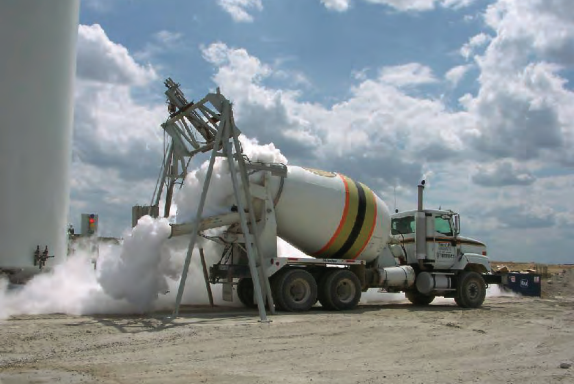
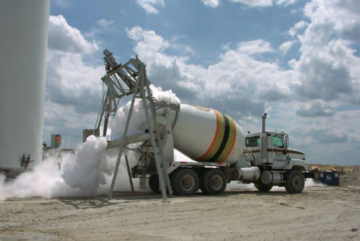




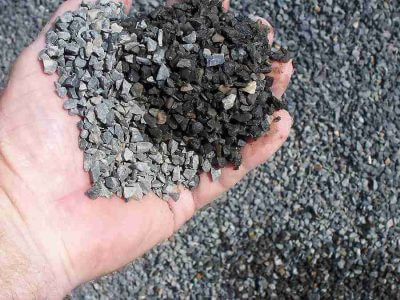

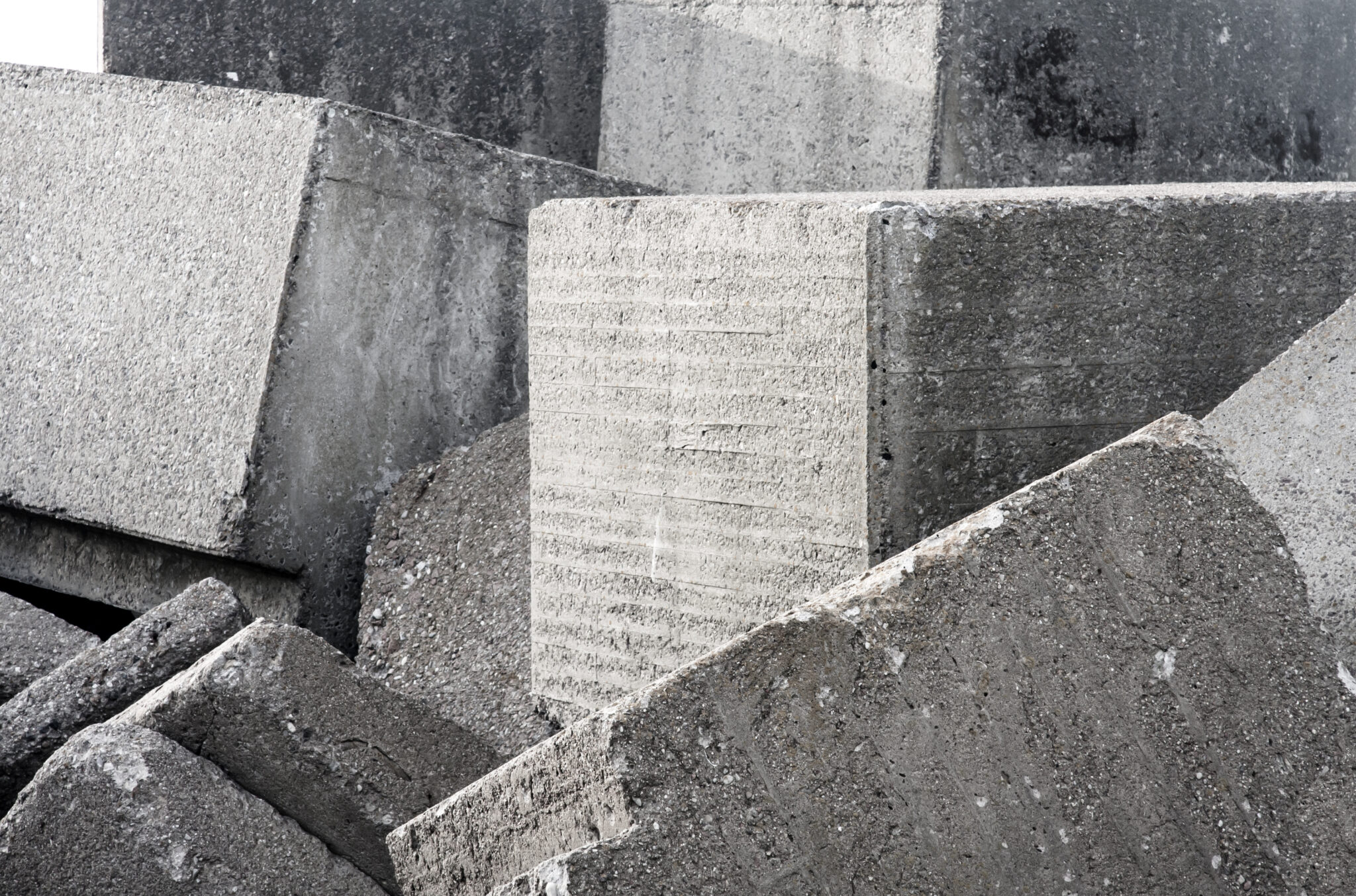
2 Responses
A que temperatura se coloca el Nitrógeno
liquido. Y cual es la variación qué se logra en la Temperatura del Concreto??
Buena pregunta, Rafael. El nitrógeno líquido se utiliza a -196 °C (-321 °F) para reducir la temperatura general de la mezcla de concreto. La reducción de la temperatura dependerá de la cantidad de nitrógeno líquido que se utilice. Una forma más eficiente de utilizar esta tecnología es enfriar los agregados gruesos en la cinta transportadora antes de agregarlos al tambor. Los agregados actuarán como cubos de hielo y bajarán la temperatura del concreto gracias a la absorción de calor.